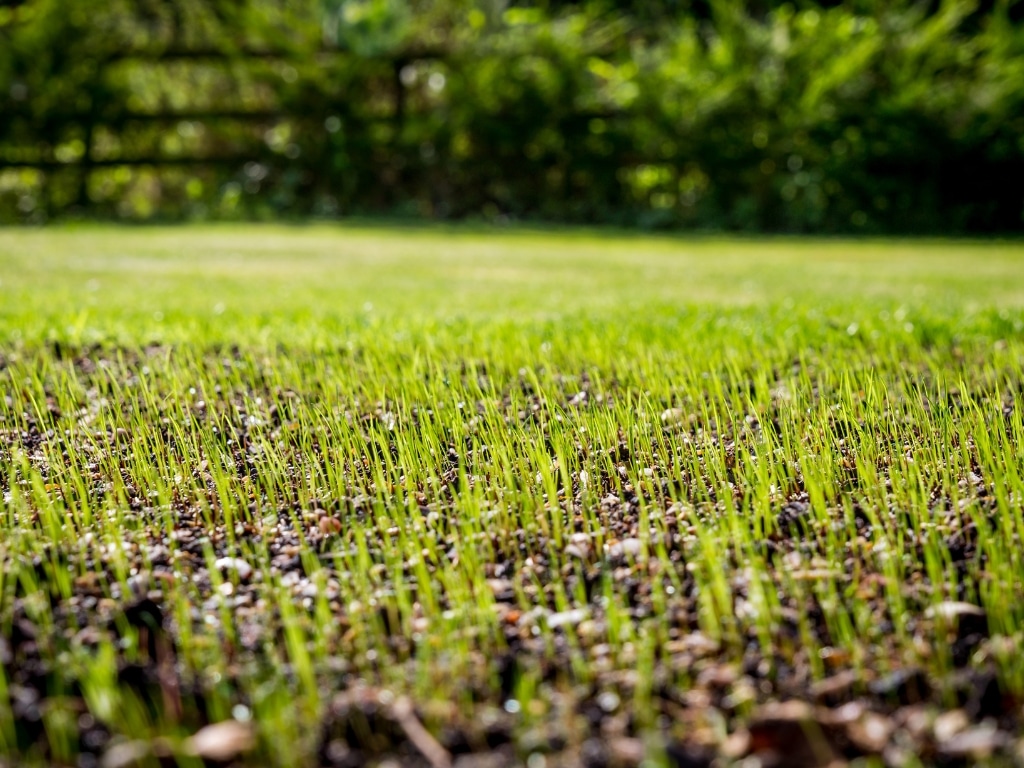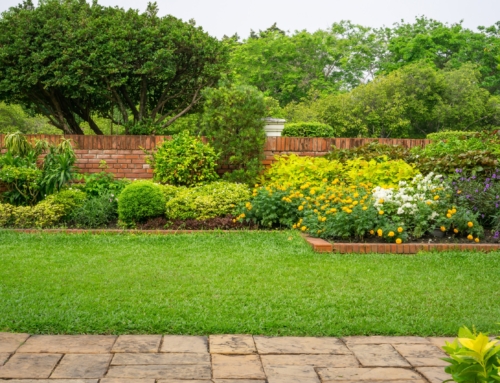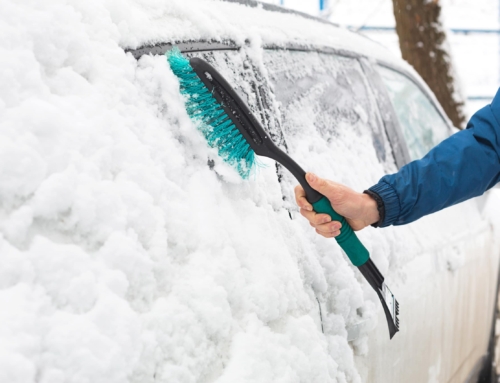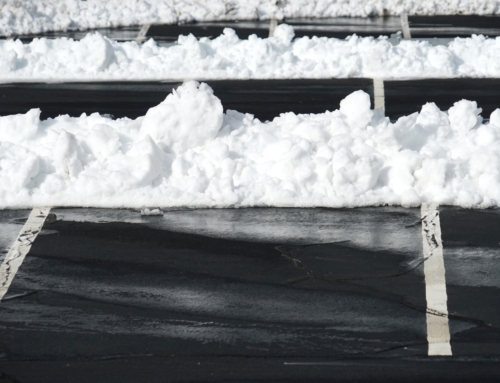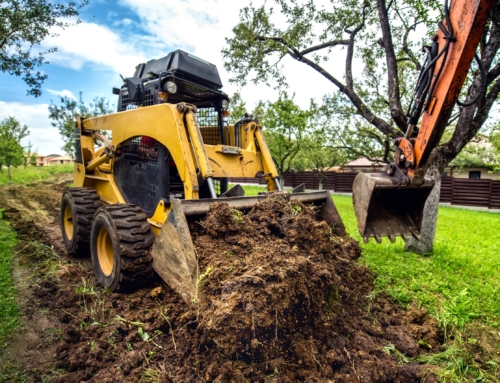In an era where sustainability and environmental consciousness are paramount, creating a lush and thriving landscape can be accomplished with methods that are not only visually appealing but also eco-friendly. Hydroseeding, a lesser-known but highly effective technique, is gaining popularity among homeowners and landscapers for its ability to promote greenery while minimizing environmental impact. In this blog post, we’ll explore the benefits of hydroseeding and how it can help you achieve a sustainable landscape.
What is Hydroseeding?
Hydroseeding, also known as hydro-mulching or hydraulic mulch seeding, is a planting process that combines seed, water, mulch, and often fertilizer into a slurry mixture. This mixture is then sprayed onto the ground, creating a uniform and nutrient-rich environment for seeds to germinate and grow. The result is a vibrant and healthy lawn or landscape with several notable advantages.
Advantages of Hydroseeding
- Rapid Germination: Hydroseeding provides an optimal environment for seed germination. As a result, grass and other plants typically sprout more quickly compared to traditional seeding methods.
- Uniform Coverage: The slurry mixture ensures an even distribution of seeds and nutrients, reducing the likelihood of sparse or patchy areas in your landscape.
- Erosion Control: Hydroseeding includes erosion control measures, making it an excellent choice for sloped or vulnerable areas where soil erosion is a concern.
- Customization: Hydroseeding allows for customization of the seed mix to suit your specific climate, soil type, and landscaping goals.
- Environmental Benefits: Hydroseeding is an environmentally friendly option that uses less water than traditional sodding and minimizes the need for chemical treatments.
Steps in Hydroseeding
Here’s a brief overview of the typical steps involved in the hydroseeding process:
- Site Preparation: The area to be hydro-seeded is cleared of debris, rocks, and weeds, and the soil is prepared to create a suitable seedbed.
- Seed Selection: The right type of seed mixture is selected based on the climate, soil conditions, and landscaping goals.
- Slurry Mixing: The seed, water, mulch, and fertilizer are mixed to create a slurry.
- Application: The slurry is evenly sprayed onto the prepared soil surface using specialized equipment.
- Mulch Layer: The mulch in the slurry mixture forms a protective layer over the seeds, helping retain moisture and prevent erosion.
- Growth and Maintenance: With proper watering and care, the seeds germinate and grow into a lush, green landscape.
Sustainability and Hydroseeding
Hydroseeding aligns well with sustainability goals for several reasons:
- Water Efficiency: Hydroseeding uses less water compared to traditional sodding or hand seeding methods, conserving this precious resource.
- Reduced Chemical Use: By promoting healthy, dense vegetation, hydroseeding reduces the need for herbicides and pesticides.
- Erosion Prevention: It effectively controls soil erosion, protecting the environment from sediment runoff.
- Long-Term Benefits: A thriving hydro-seeded lawn or landscape requires less maintenance, which can result in lower long-term environmental impact.
As you embark on your journey to create a sustainable and vibrant landscape, consider the eco-friendly advantages of hydroseeding. This innovative technique not only yields lush greenery but also contributes to soil health and erosion control, all while conserving water and reducing the need for chemicals. Greening your space with hydroseeding is not just about aesthetics; it’s about nurturing a healthy and sustainable environment for the long term. Embrace this environmentally conscious approach to landscaping, and you’ll reap the benefits of a greener, more sustainable space.
Transform your landscape sustainably with Hayes Services. Discover the green magic of hydroseeding. Contact us for an eco-friendly approach to greening your space!

